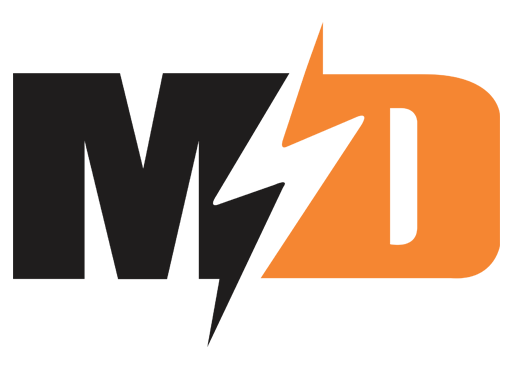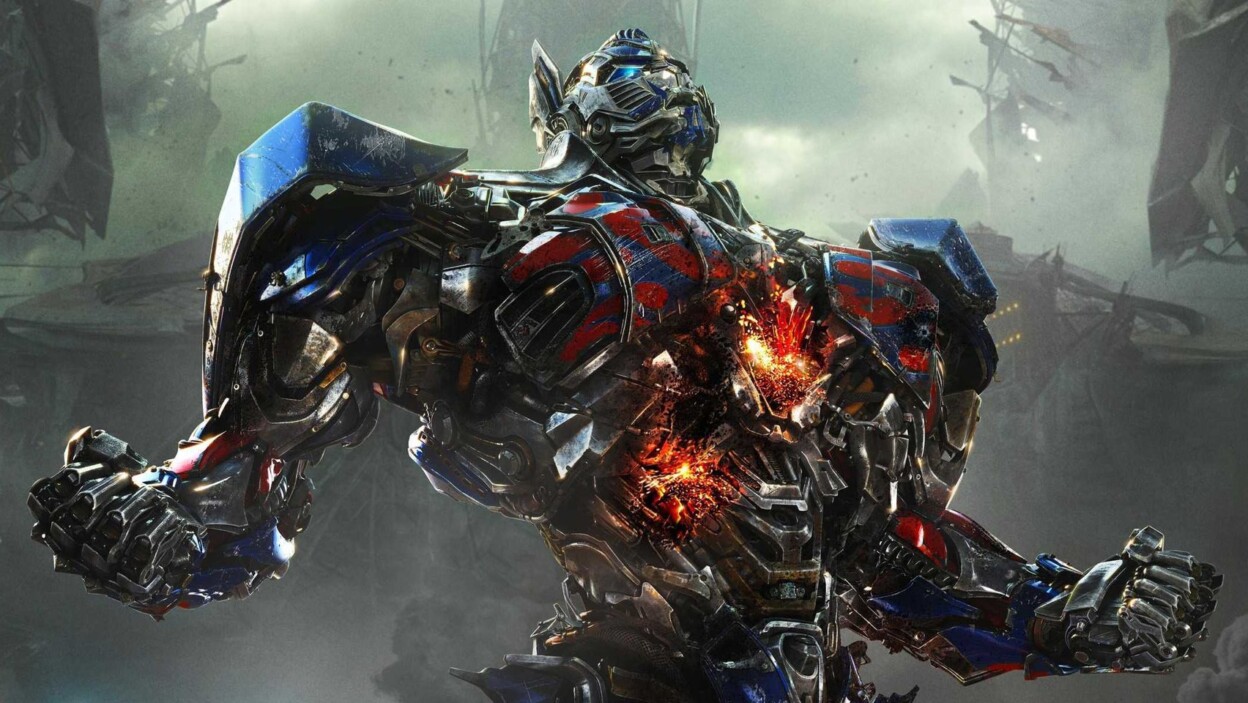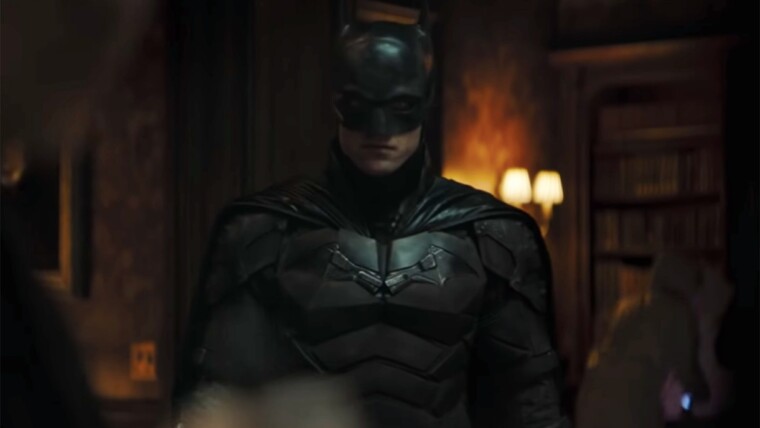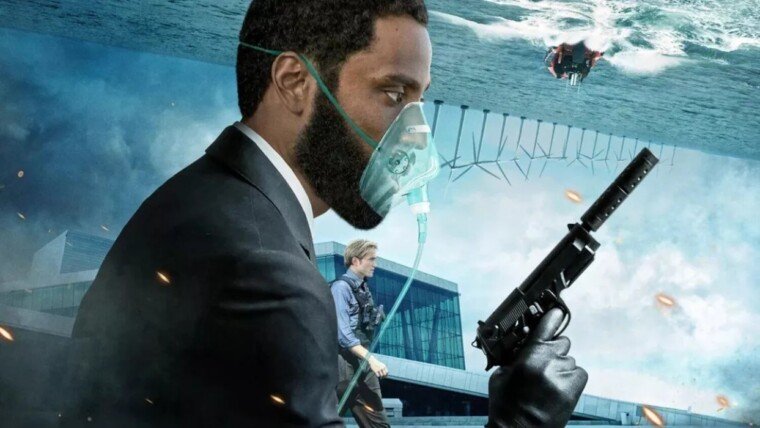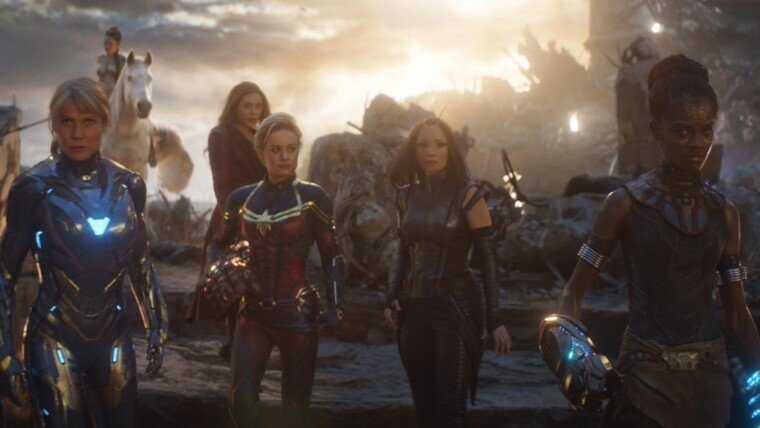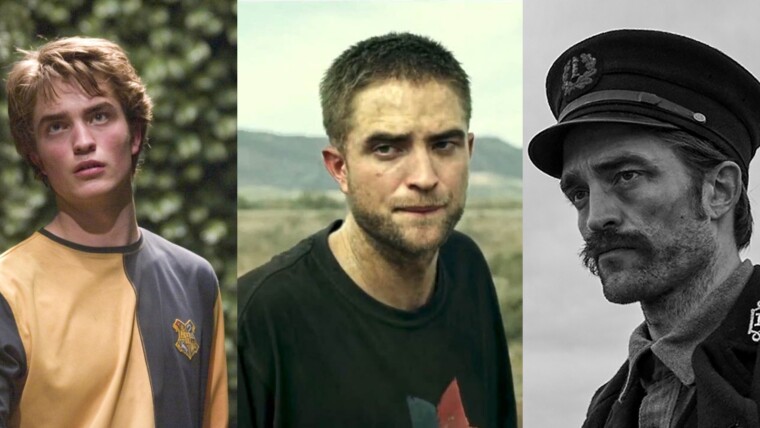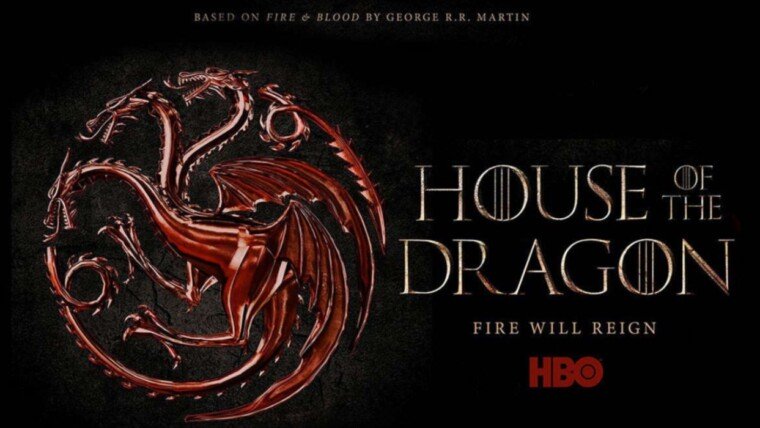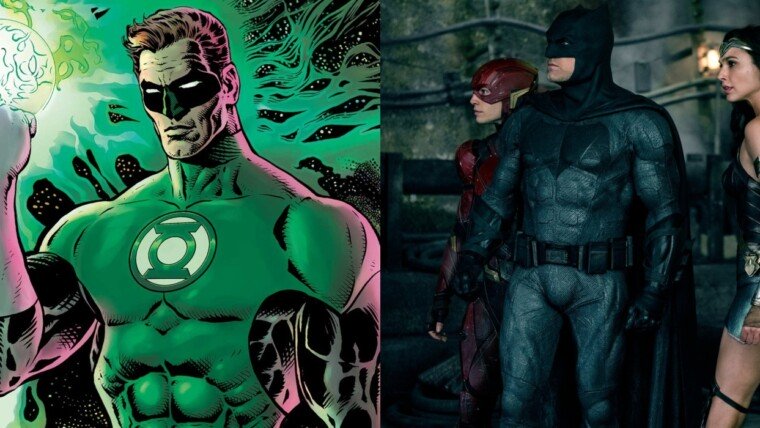Rare are the moments in this life when one can be so pleasantly delighted in being so utterly wrong. Travis Knight’s prequel to 2007’s Transformers, Bumblebee just so happens to be that happy surprise for this season. Normally, I wouldn’t be so quick to exclaim “A Christmas miracle!” but given the appalling track record of the franchise’s previous installments, it’s a bonafide freaking phenomenon. I mean as of the time of writing this, the film holds a score 96% on Rotten Tomatoes (RT) with critics lauding the film for its heart and humour. And while a high score on RT doesn’t necessarily always mean critical acclaim, it certainly indicates that its near-universally liked. Nearly everyone in the world likes at least something from McDonald’s but that doesn’t mean Wolfgang Puck is handing the fast food franchise a James Beard Award. Obscure food reference aside, it’s safe to say Bumblebee did enough to garner significant positive reception for the film and for that, kudos. No doubt thanks to the visionary stop-motion animator and director Travis Knight whose works include the Gaiman classic Coraline and the insanely gorgeous Kubo and the Two Strings. But before we can all move forward with Bumblebee, it’s critical that we examine the franchise’s checkered past. In light of current successes, there’s value in reevaluating past failures.
At the risk of being a stick in the mud, we’re taking a look at why the Transformers films under Michael Bay range from maddeningly mediocre to painfully poisonous to fans and critics. To those who enjoy the films from Revenge of the Fallen onward (unironically), I’m glad you could derive some measure of enjoyment from it. There’s nothing wrong about having the occasional guilty pleasure from some good old mindless action. To say though that these films are objectively competent pieces of cinema is a wholly disingenuous statement. Let’s just cut the bs and talk about why Bay’s Transformers films sucked so bad.
Escalation Without Effect
Now we’ve seen plenty of media outlets go off on how the Transformers films have been racist and misogynistic piles of human faecal matter in the past. Yes, each film gets a whole pile. As relevant and true as those subjects are, they’re not really getting into the heart of the problem with the films’ narrative and characters. The main issue is that each subsequent film has been running on the core principle of escalation; bigger means better. In spite of their relentless dedication to “upping the ante”, these events lack any real or meaningful impact on the diegesis of the world. To be fair, the first film doesn’t suffer this problem because well even Michael Bay knows you need to take time to set up your dominoes before blowing them up. Personally, I actually had fun with 2007’s Transformers. Like any 11-year old boy in the cinema, I absolutely lost my mind when I first saw the Decepticon Blackout decimate an entire military base! It was totally badass. Watching it now, I did find some of the humour a tad crude and dated but overall I enjoyed its simplistic, easy-to-follow story of two worlds colliding. Humans and Autobots need to team up to find powerful McGuffin before evil robots get hold of it. Then…Revenge of the Fallen happened.

Once again, the world is in peril and Autobots and humans fight to find McGuffin except only all of the magic of seeing the Transformers on screen for the first time is dead. It’s just an orgy of clanking metal and flaring flames combusting. The character of Sam Witwicky is still the indecisive little shit stain he was in the first film in spite of his “no sacrifice, no victory” realization during the major battle. The villain of the film is some generic ancient threat that is supposed to give us more willies because he’s more powerful than Megatron. Replace All-Spark with the stupidly named Matrix of Leadership and you have basically the same thing. By the end of the film, all the characters are back to square one with Witwicky being an inane, prickless manchild. How does this keep happening you ask? Because the characters in the films are not people, their desires and blank canvases for the audience to project on screen. Sam is the normal everyman that male audience members are supposed to project themselves onto and Megan Fox and Rosie Huntington-Whiteley are there to fulfil your empowerment fantasies. That’s why Sam doesn’t grow as a character and why his female companions are so paper thin, their concepts on paper! The lore of the Transformers might have been their saving grace, if it wasn’t so confusing and convoluted. Among all four films after Transformers, the only development I found interesting was Optimus Prime’s betrayal at the hand of his mentor, Sentinel Prime.
 They tried reinvigorating the franchise with Mark Wahlberg’s Cade Yeager but he proved to be just as two-dimensional if not more than Sam. Just replace screaming, indecisive manchild with a pathetic attempt at the working class everyman hero. Age of Extinction attempted to draw audiences in with the promise of cool Dinobots and bigger action but ultimately it failed once again to give us any semblance of a cohesive plot or key character development. What’s the point of introducing bigger elements if you don’t have characters worth following? Among all the films, the only characters that had any sort of arc are Bumblebee and Optimus Prime. Every film, they bring a whole new cast of Transformers that serve no other purpose than to look cool or spout unfunny quips. Thankfully, the franchise is beginning to understand that now and has decided to make Bumblebee more character-centric. Back then however it was a complete mess. A quote from Shakespeare’s Macbeth will sum this all up quite nicely, “It is a tale told by an idiot, full of sound and fury signifying nothing.” I’ll let you figure out who’s the idiot here.
They tried reinvigorating the franchise with Mark Wahlberg’s Cade Yeager but he proved to be just as two-dimensional if not more than Sam. Just replace screaming, indecisive manchild with a pathetic attempt at the working class everyman hero. Age of Extinction attempted to draw audiences in with the promise of cool Dinobots and bigger action but ultimately it failed once again to give us any semblance of a cohesive plot or key character development. What’s the point of introducing bigger elements if you don’t have characters worth following? Among all the films, the only characters that had any sort of arc are Bumblebee and Optimus Prime. Every film, they bring a whole new cast of Transformers that serve no other purpose than to look cool or spout unfunny quips. Thankfully, the franchise is beginning to understand that now and has decided to make Bumblebee more character-centric. Back then however it was a complete mess. A quote from Shakespeare’s Macbeth will sum this all up quite nicely, “It is a tale told by an idiot, full of sound and fury signifying nothing.” I’ll let you figure out who’s the idiot here.
Failure In Framing A Fight
It’s clear that Bay isn’t shooting to join Villeneuve, Nolan or Fincher in their ever-growing game of “hide the symbolism”. That’s fine, he doesn’t need to. A lot of the plot and character issues could be forgiven if Bay could just delivered on gorgeous visuals and impressive action set pieces. I mean I don’t really remember the plot for MI: Fallout but I can endlessly recall that awesome bathroom fight scene. Unfortunately, it is in his technical execution that shall be his damnation. There’s an excellent video by YouTube video essayist and media theorist Lindsay Ellis in her 9-part video series deconstructing the Transformers franchise that explains why Bay’s method of framing action scenes is ineffective and clunky. If you want to get your geek on of course but if you’re looking for just a quick rundown basically it’s hard to enjoy the action of the film when it’s hard to discern what the holy hell is going on!
Filmmaking is an expensive creative process that requires serious coordination on multiple factors from human performances to scene framing to dialogue to effects and editing. And based on the films I’ve seen so far, he has displayed the grace and coordination of a blind elephant. Sure, there’s plenty of action and explosion with Autobots and Decepticons battling it out but there’s a distinct lack of focus in the way the scenes are shot. Let’s take the forest scene in Revenge of the Fallen, for example, Optimus Prime is fighting three Decepticons. They’re all coming at him from multiple angles. The logical and economical approach would be to frame the battle from Optimus’ perspective, it could include the shots from the combatant’s perspective but it should minimal. Instead, Bay has opted to have wide sweeping shots of Optimus fighting them all at the same time with explosions and effects going in the background.
 Wide shots are useful in giving us a sense of scale and grandeur and I suppose the intent is reasonable enough. If there was a war with multiple combatants all engaging at the same time, this would be fine. We’re never meant to catch all the chaos going on, it’s supposed to convey the frenzy of the situation. This, on the other hand, has a clear subject: Optimus Prime. The camera should be focused on him but too often it cuts away into this wide shot of him simultaneously battling all the Decepticons at the same time. This crowds the screen and therefore hampers the gravity of the battle because our eyes are dotting across the screen every few seconds. It gave me a freaking headache!
Wide shots are useful in giving us a sense of scale and grandeur and I suppose the intent is reasonable enough. If there was a war with multiple combatants all engaging at the same time, this would be fine. We’re never meant to catch all the chaos going on, it’s supposed to convey the frenzy of the situation. This, on the other hand, has a clear subject: Optimus Prime. The camera should be focused on him but too often it cuts away into this wide shot of him simultaneously battling all the Decepticons at the same time. This crowds the screen and therefore hampers the gravity of the battle because our eyes are dotting across the screen every few seconds. It gave me a freaking headache!
You might be wondering: If this is the case then why are so many people swarming to theatres to watch this epilepsy-inducing shit show? Well, to quote Ellis, “it’s like a fireworks show, you’re only half paying attention to it because you’re half looking at your phone and that’s what a lot of people are here for.” If you can stomach all the “spectacle” on screen and recall all them in fine detail then buddy you must have amazing eyes, and to that, I salute you. But for the rest of us, it’s a mostly forgettable, if not infuriating, affair.
Age of Advertisements

Let’s be real here, there are times when the Transformers films can feel like glorified ads for commercial products, and I’m not just talking about sports cars. For all the chaos and metal-on-metal action taking place on screen, Bay always finds a way to shoehorn a branded item or product logo into the film somewhere. The most egregious offender being Transformers: Age of Extinction. In the past, Bay at least tried to keep it in the background or in quick flashes but in the film, it’s on full display. From Wahlberg’s Cade cracking open a Bud Light beer bottle mid angry rant being a little on the nose to having a full on freaking Oreo Transformer mascot! The most brazen and shameless one, however, has got to be Stanley Tucci showing off how sophisticated Transformer technology could be by transforming the material into a Beats Pill by Dr Dre with full logo! Are you serious?!
To be clear, I’m not against it. There’s a time and place for product placement. If it was limited to the Transformers turning luxury vehicles then fine, whatever. But there’s a point when it becomes downright disruptive to the pacing of the film. Scenes like that not only grind the film to a screeching halt but more importantly breaks our immersion from the story. The beauty of the medium of film is its ability to mimic our reality and transform, if you will, it into something wholly unique and wondrous. One aspect of reality that we’d prefer left at the door though would be the constant bombardment of ads we face every day. How am I supposed to take the fate of Cybertron and human race seriously when I’m constantly suspecting the film of being an excuse for product placement?
 What’s even sadder is that the very people Bay was trying to pander to didn’t take to the product placement. Throughout the screening of The Last Knight in Chinese theatres, audience members wore faces of ironic amusement and boredom throughout the film. When they weren’t playing a game of “spot-the-brand” and mocking the film, they were busying themselves on their phones. It’s clear that Bay and the studio has taken the franchise and audience for granted. People are getting wise to the cheap marketing ploys and poor production quality. And when I say poor I mean in terms of artistic merit seeing that all these films are thoroughly concerned about lining their pockets with green. Just goes to show that there are just some things you can’t buy, like artistic integrity and talent.
What’s even sadder is that the very people Bay was trying to pander to didn’t take to the product placement. Throughout the screening of The Last Knight in Chinese theatres, audience members wore faces of ironic amusement and boredom throughout the film. When they weren’t playing a game of “spot-the-brand” and mocking the film, they were busying themselves on their phones. It’s clear that Bay and the studio has taken the franchise and audience for granted. People are getting wise to the cheap marketing ploys and poor production quality. And when I say poor I mean in terms of artistic merit seeing that all these films are thoroughly concerned about lining their pockets with green. Just goes to show that there are just some things you can’t buy, like artistic integrity and talent.
I know we’ve been rather critical of Mr Bay and the Transformers franchise but it’s only because we want them to do better. Looking back at Bay’s earlier works like The Rock, Bad Boys and Armageddon there’s a sort cheesy and honest charm about them. For all of their shortcomings, there was a real sense that this was made by somebody who loved what he was doing. So Mr Bay, if you’re reading this and you ever feel lost go back to your earlier films for some inspiration. With Bumblebee on the horizon, the franchise seems to have found their footing once again under Knight’s direction. Let’s just hope shitty history doesn’t repeat itself again and if it does we’ll be here to dish out some brutal tough love.
And if you’d like to talk movies with me, you can hit me up here: @cinesam
